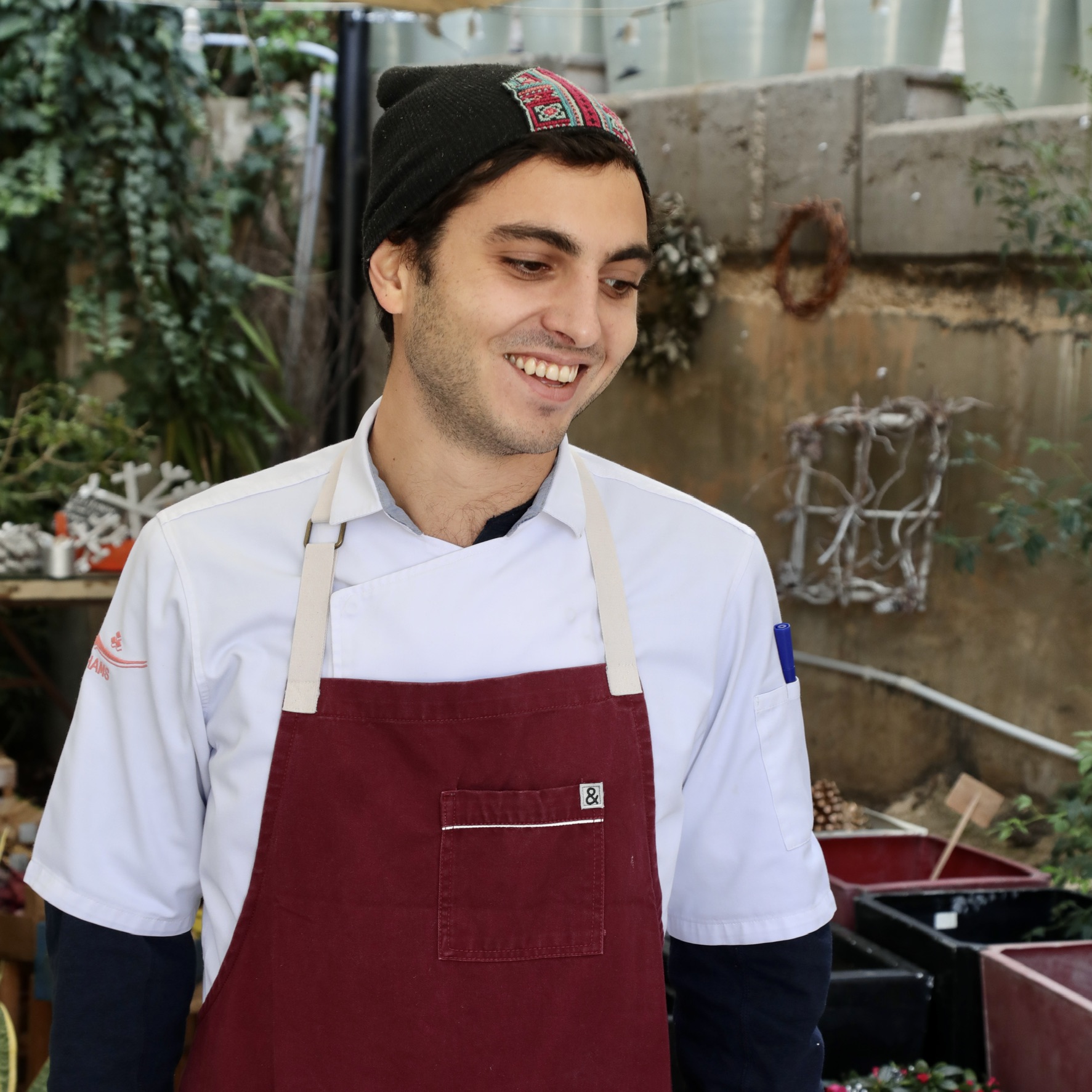How Do Professional Chefs Use Jordanian Olive Oil?

With all the varieties of Jordanian olive oil, it can be hard to know the best ways to use it. Here’s how chefs prefer to cook using Jordan’s liquid gold.
Jordanian olive oil is a kitchen staple in Jordan but using it is not limited to Jordanian cuisine only. Over the centuries, olive oil has spread to be a key part of so many dishes around the world.
Olive oil is used by chefs for a variety of purposes, including flavor, appearance, and aroma. Olive oil gives a bitter and fresh flavor while also improving the dish’s appearance with a lovely gloss.
The most popular cooking oil is probably olive oil, which is extracted from fresh olives. The characteristics of oil are influenced by the climate, the land, and the methods used to harvest and press the olives. Jordanian extra virgin olive oil’s flavor, smell, and color can vary greatly depending on where it comes from.
To explore the use of olive oil in cooking, we asked two chefs for their take on Jordanian olive oil in Jordanian and international cuisines.

Chef Francesco Greco: Jordanian Olive Oil in International Cuisines
Four Seasons Hotel Amman’s executive chef, Francesco Greco, has worked all over the globe and which definitely makes him know a thing or two about cooking with olive oil.
What stood out to him the most about Jordanian olive oil is the quality.
“The freshness and fragrance of the intense olive oil flavor are very special in Jordanian olive oil.”
Chef Francesco says he is “a lover of the intense and elegant flavor which is not aggressive on the palate.”
He mentions that it can be used in many preparations “to sautee, grill, in salad dressings and also to finish dishes like pasta.” He goes on to say that “you add a bit before for emulsion and then at the end for a characteristic flavor”
Chef Francesco chose the olive oil he uses in all his dishes after trying 6 types of Jordanian olive oil due to the importance of its quality to the dishes where it needs to “balance the dish without overpowering the flavor.”
We asked him for a general tip for using olive oil, and he recommends “storing it away from the sun, so it holds its flavor. A fridge or cupboard works great to maintain its freshness.”
But how does he use Jordanian olive oil in his own daily life? Chef Francesco says he eats it by “dipping freshly-baked sourdough bread, baguette or focaccia in the oil.”

Chef Qais Malhas: Jordanian Olive Oil in Jordanian Cuisine
At his family’s restaurant, Shams Al Balad, which serves authentic Jordanian food, Chef Qais says that “there is no single dish on the menu where olive oil is not involved in at least one of the steps.”
Different than butter or ghee, he mentions that “Jordanian olive oil has key characteristics being versatile, bold, with a nice [texture] that is assertive but flexible.”
He mentions that “you can add it to anything and it will not take over the flavor, it enhances it,” and in comparison to many types of olive oil, Jordanian olive oil “has a balance,” which is what gives it its versatility. He says it is also hard to overdo it with olive oil as it does not overpower as much as other fats do.
“It enhances the flavor; it does not hijack it.”
The type chef Qais uses is Nabali. “Nabali has fruity notes and is herbaceous and well-rounded,” he says.”Nabali is an indigenous variety and the most common.”
When asked about a great tip he can give for using Jordanian olive oil, he noted that “if you are searing, you might want to raise the smoke point of olive oil, which adds a great taste by adding a couple of tablespoons of high-temperature oil like cooking oil or grapeseed oil.”
Jordanian Olive Oil Crosses Borders
It is safe to say that Jordanian olive oil remains a one-of-a-kind ingredient that resonates not only in Jordan but globally. The beautiful part is how much it not only connects Jordanians to their culture but how it connects people from all over the world. As a finishing drizzle, emulsifier, vinaigrette, or sautee oil, Jordanian olive oil works to be a subtle yet essential part of a dish that brings friends and family (and sometimes strangers!) together.



